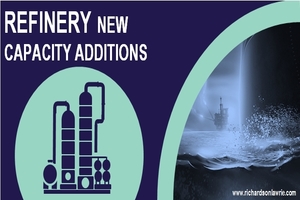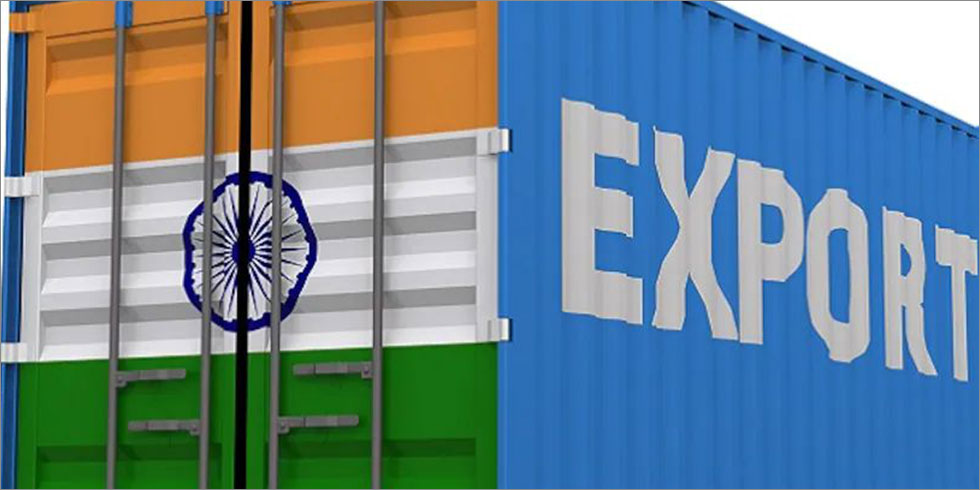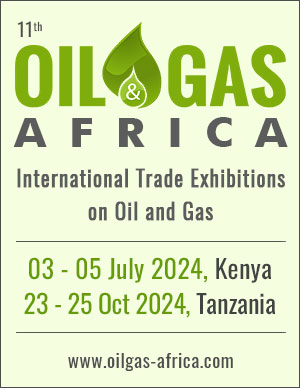The latest IMF growth forecast published in July suggests that India will be the fastest growing G20 nation over the next 18 months. This projection, building on stronger than expected H1 2017 growth, has encouraged increasing economic confidence across many sectors.
One such sector is refining, with India’s ministers calling for an expansion of domestic refinery capacity from 4.7M b/d to 12M b/d by 2040 in part to service rising domestic demand but also to boost exports to meet the requirements of neighbours Nepal, Bhutan, Bangladesh, Myanmar and Sri Lanka.
After living in the shadow of China for so long, India is finally putting together a sequence of annual GDP growth figures that outstrip the performance of its neighbour. This pattern is expected to continue with Indian GDP predicted to grow by 7.2% in 2017 and 7.7% in 2018 compared with Chinese growth of 6.7% and 6.4% over the same period. The IMF points to the acceleration of structural reforms as being a key factor underpinning Indian economic growth.
Over the last few years, global refinery capacity expansion has been focused east of Suez with the Middle East, China and India leading the charge. Much of the new Middle Eastern capacity has been targeted at the export market, but both India and China are now looking to make a bigger splash in terms of exports.
The 660,000 b/d Jamnagar Refinery, commissioned in 1999, was India’s first world-class export orientated refinery. The chart above shows how over the last few years, India has delivered a steady stream of new capacity additions – amounting to an average of 135,000 b/d per year between 2014 and 2016. However, despite this expansion, India’s refined products exports have declined from 73M tonnes in 2014 to 65.3M tonnes in 2016 as domestic demand has started to accelerate. Over the same period, Chinese refined product exports have increased by almost 20M tonnes to 48.3M tonnes.
India is set to continue adding new capacity over the next two years, but the extent of India’s ambitions is revealed in a recent announcement that Indian Oil (IOC), Bharat Petroleum (BPCL) & Hindustan Petroleum (HPCL) have signed an agreement to jointly set up the world's largest refinery and petrochemical complex – a 1.2M b/d (60 mta) plant at Babulwadi, Taluka Rajapur in the Ratnagiri district of Maharashtra.
The refinery will include three 400,000 b/d crude units with completion scheduled for 2022. It will produce fuel meeting Euro 6 emissions standards and can process a wide range of light and heavy crude grades. IOC will be the lead partner with a 50% stake, while HPCL and BPCL will each have a 25%.
We estimate that India has confirmed and drawing board plans for 4.7M b/d of additional refinery capacity, which includes 1.1M b/d of confirmed brownfield refinery expansions.








Add Comment